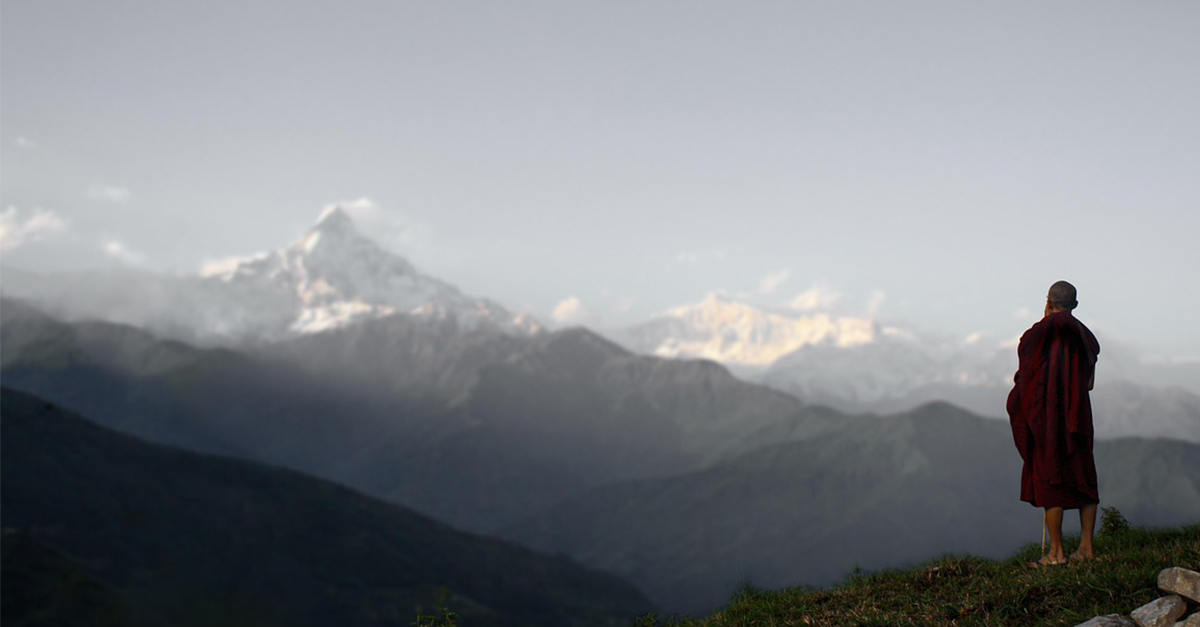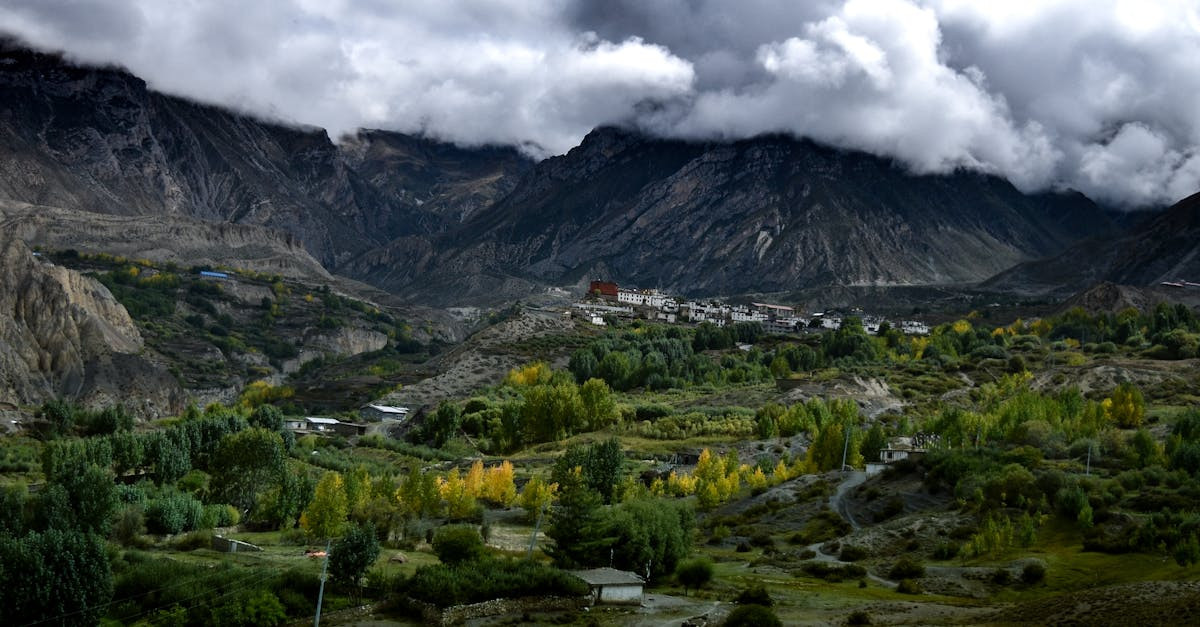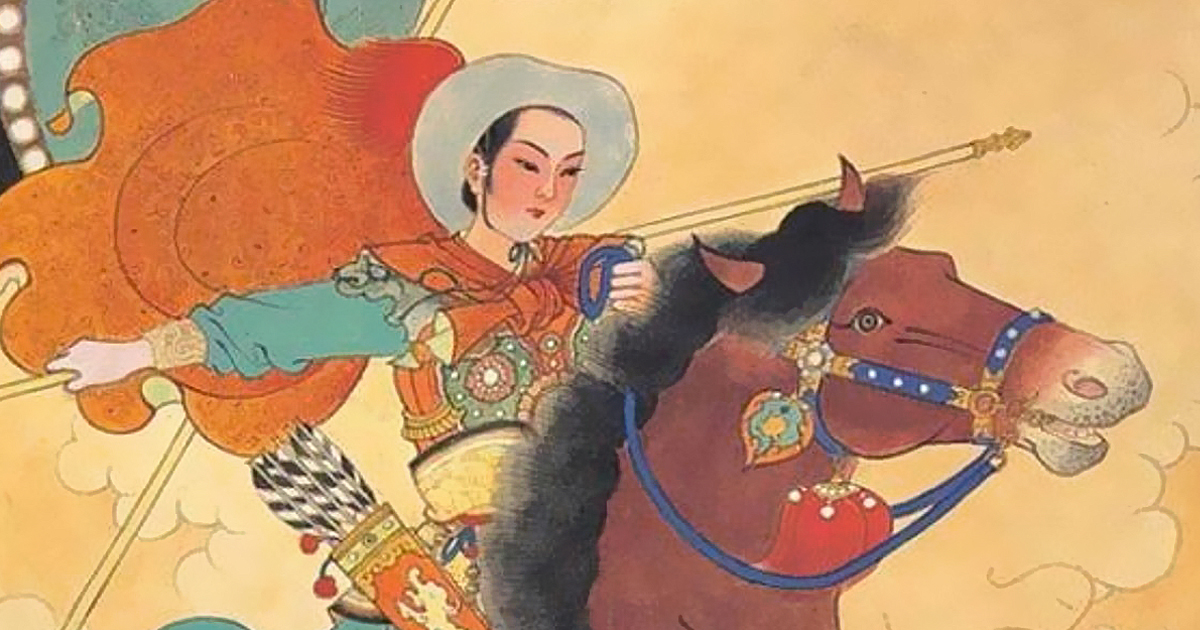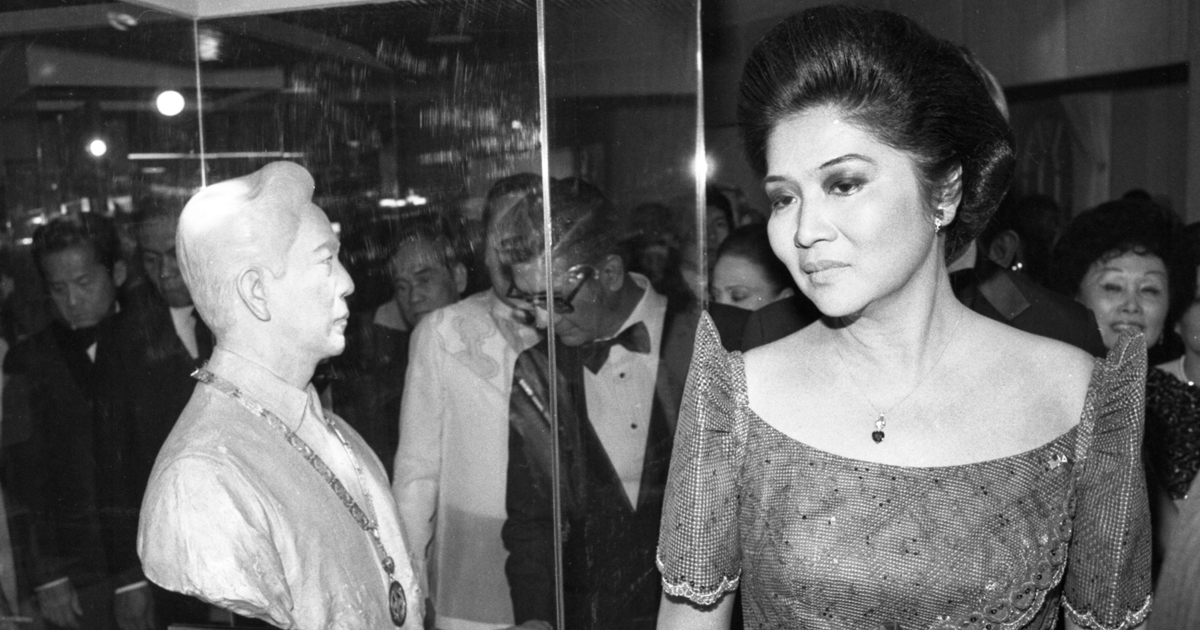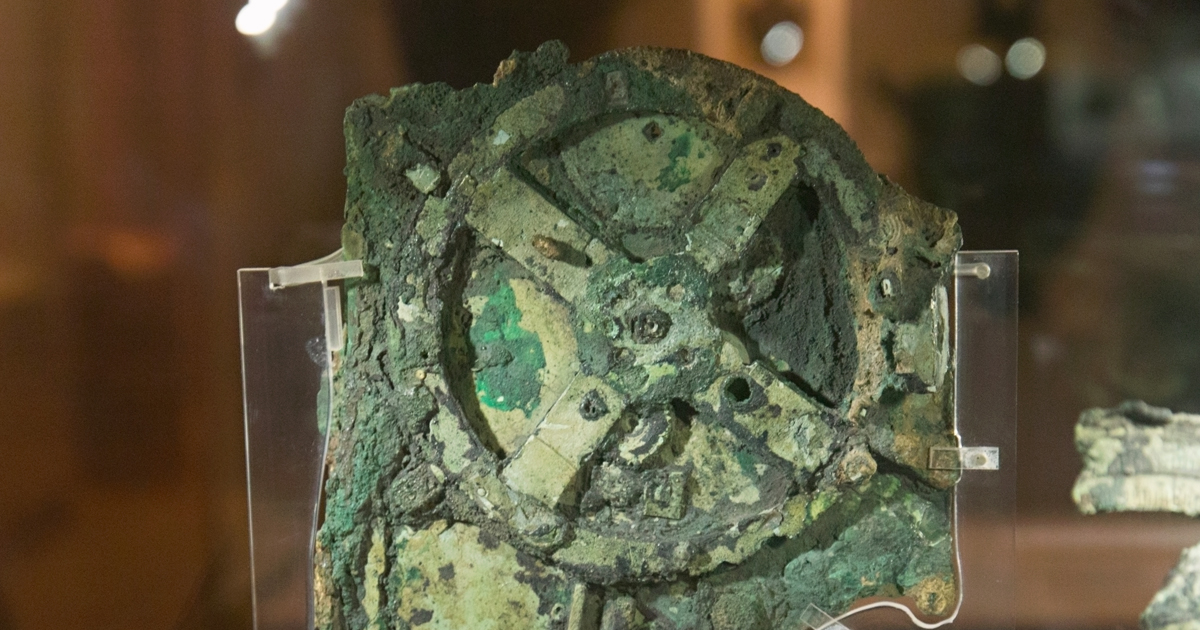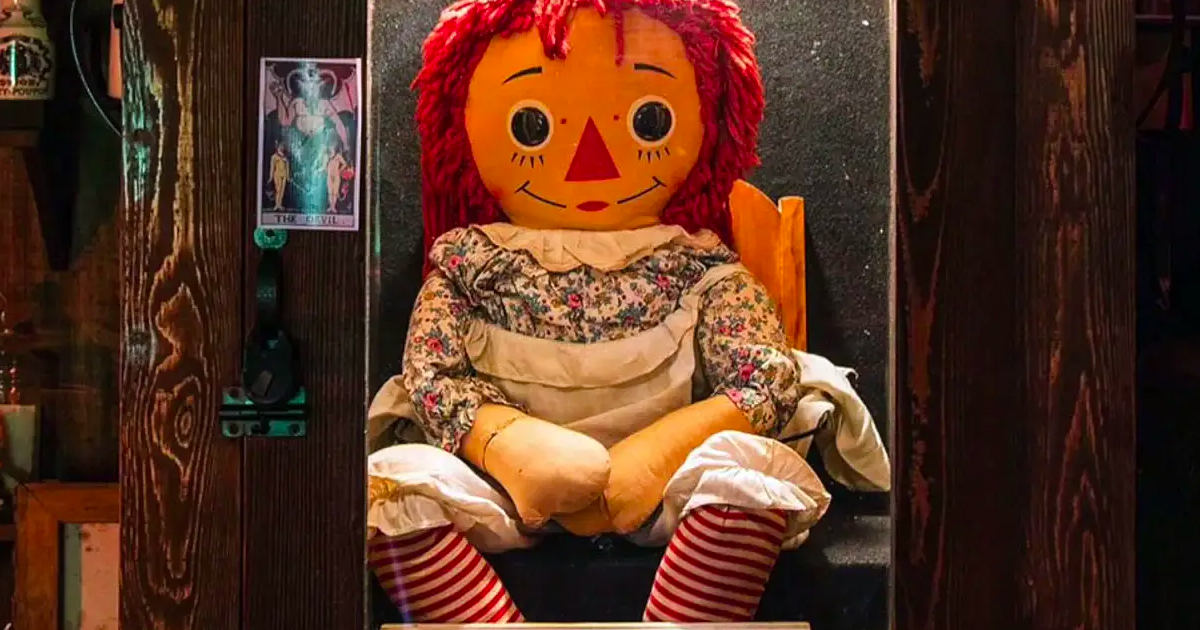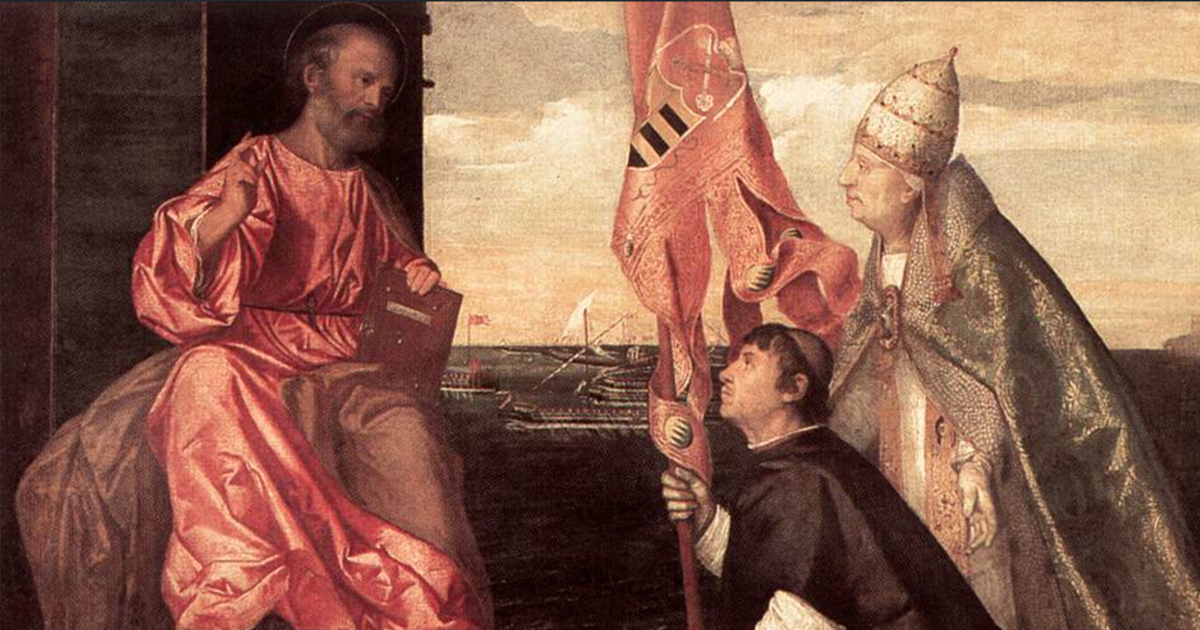Before he became famous as the Buddha, Siddhartha Gautama lived a life of luxury and royal privilege. Born into a noble warrior clan in ancient India, Siddhartha's path from palace to revered religious icon is one of the greatest stories in world history. Learning his aristocratic origins helps understand the depth of his personal sacrifice and the revolutionary nature of his spiritual teachings.
A Life Of Luxury In The Shakya Kingdom
Siddhartha was born around the 6th century BCE in Lumbini, a region in present-day Nepal. His father, King Śuddhodana, was king of the Shakya clan, a small but wealthy republic in the Himalayan foothills. As the son of a raja, Siddhartha was surrounded by incredible wealth and schooled in the ways of a nobleman: combat, government, and spiritual philosophy.
He Was Sheltered From The Real World
Traditional stories say that King Śuddhodana wanted Siddhartha to become a great ruler, not a wandering ascetic. To keep him from spiritual pursuits, the king shielded Siddhartha from all suffering. Life inside the palace was set up to be flawless: no aging, sickness, or death were visible. The young prince married a beautiful noblewoman, Yasodhara, and the couple had a son named Rahula. Siddhartha was on the path to power.
The Four Passing Sights
At the age of 29, Siddhartha secretly ventured beyond the palace walls. On his excursions, he encountered what Buddhist texts call the Four Passing Sights: an old man, a sick person, a dead body, and an ascetic. These sights had a major effect on him. He saw that suffering was inescapable, even for the wealthy and powerful. These sights marked the beginning of his spiritual awakening and a total change in his life’s direction.
He Gave Up His Wealth And Status
Haunted by the inescapable nature of suffering and death, Siddhartha made a dramatic decision. One night, he left the palace, his family, and all of his royalty behind. He put on the robes of a wandering monk and plunged into the forest to seek answers. This bold act of giving up all worldly attachments had never been seen before in someone of his status and turned into a key part of Buddhist beliefs.
Years In Monk Mode
Siddhartha spent six years as an ascetic, joining other monks in harsh fasting and meditation. He denied his body to free his mind. But this extreme path soon left him physically broken-down and spiritually unsatisfied. He rejected self-denial and adopted the “Middle Way,” a balanced approach between enjoyment and denial. After this, he went on to achieve enlightenment under the Bodhi tree in Bodh Gaya.
 Béria Lima de Rodríguez, Wikimedia Commons
Béria Lima de Rodríguez, Wikimedia Commons
Millions Followed His Path
Now called the Buddha, or the “Awakened One”, Siddhartha spent the rest of his days teaching the Dharma: the path to overcoming suffering through ethical living, meditation, and wisdom. His teachings attracted followers of all types: merchants, kings, and peasants. Ironically, his royal background helped him to engage with rulers and aristocrats, to help facilitate the spread of Buddhism across India and the wider world.
Siddhartha’s Legacy
Siddhartha’s unusual path from prince to monk is a powerful story of spiritual awakening. It shows that wisdom can come from any background, but it often requires incredible courage and self-awareness. His choice to abandon comfort for spirituality still resonates with millions across cultures and centuries.
You May Also Like:
The Demolition Of Afghanistan’s Giant Buddha Statues
The Cryptic Koguryo Tombs Of North Korea
Sources: 1, 2, 3, 4

